Before you build or buy a chicken coop, you need to make sure it's going to be the right size.
Having the right size chicken coop is not only efficient but also dictates the quality of life for your flock.
A coop that is too large can get too chilly in the winter, resulting in more cleanup for you. A coop that is too small causes overcrowding and bullying.
The square footage of the ideal coop for you depends on the size of your flock and where they spend the majority of the daytime.
Do they have a large run or are they allowed to free-range? These factors all play a part in determining the ideal chicken coop size.
Introduction
Above is a quick ‘back of the napkin’ calculator to help you ballpark costs for your backyard farm.
We estimate costs by running some super nerd math based on each variable.
-
Hatching Eggs run about $3 each
-
Baby Chicks about $5
-
New Layers about $20
The budget for the coop itself ranges from:
-
Cheap at $200
-
Expensive at $1,000
Extras:
-
Heat lamps range from $20 to $70
-
Feeder/Waterers will range from $20 to $200.
This is the bare essentials that any coop requires to function.
Below is a quick(ish) summary on coops but if you want to do a deep diver, here is our Ultimate Coop Guide.
You can download a free PDF of Ultimate Coop Guide here to read later and make notes on if you’re a printed paper person.
The Quick(ish) Summary We Told You About!
Run
The chicken run is a fenced-in area connected to the coop where chickens can roam around. Chickens prefer to spend most of their time outdoors, so providing as much space as you can for the run is ideal.
Coop
The coop is the indoor space that the chickens will use to sleep, lay eggs and hide from predators or an annoying roommate. They may also eat here depending on where your feeders and waterers are placed.
Yard
If you plan on having your chickens outside of the run and the coop for most of the day, we suggest being at home for it. Predators can run riot with 100% free-range chickens, so we recommend against using your yard for the majority of the day.
Bantam vs Regular
We separated the costs into two specific sections based on whether you’ll have Bantam Chickens or regular. Regular is exactly what it sounds like, but a Bantam Chicken is miniature. Usually about ¼ the size of a regular chicken. There is a clear distinction in cost because you’ll need less space and will use much less food than with a regular-sized flock.
DOWNLOAD ULTIMATE CHICKEN COOP GUIDE
Or read below for a short(er) summary of chicken coops.
When thinking about raising backyard chickens, one of the most important things (second only to the chickens themselves) is where they will be housed. Providing shelter for your chickens is vital for a number of reasons:
-
Weather
-
Safety
-
Egg Collection
-
Peace of Mind
In this guide we’ll go through the different things you’ll need to consider when building/buying a chicken coop.
Quick Jump
Chapter 1: Building Your Own Chicken Coop
Chapter 2: Inside the Chicken Coop
Chapter 3: Outside the Chicken Coop
Building Your Own Chicken Coop

Planning
The best thing you can do to avoid major setbacks is to plan, plan, and plan some more! As luck would have it, we have a great guide that features a bunch of different coops and their plans so you can hit the ground running.
If you want to plan the entire thing yourself, you’ll want to make sure you’re taking as much information down as possible. Meticulous notes about measurements, materials and more will ensure you can avoid hiccups.
Size
The first thing to consider is the coop size.
Chickens do not like being crammed in a coop. They will get angry and could attack each other.
However, when flocks have too much space inside, it can be hard for them to stay warm on cold nights.
Be sure to use our coop size calculator at the top of the page before you plan or buy a coop.
Access
Being able to access the inside of the coop to clean is something you need to consider. The easier it is to access it, the easier and faster it will be for you to clean it.
If you have a human-sized door, then you will have no problem.
If you have a smaller coop with no human-sized door, you'll need an easy-access cleaning door.
Ventilation
Ventilation is super important as it keeps the air fresh in a coop, preventing the build-up of moisture.
If a coop is not properly ventilated, it will lead to respiratory issues for your chickens, cause materials in your coop to deteriorate quickly, and frankly smell like your worst nightmare.
Below is an example of effective ventilation.

When you crack your coop windows, this is an open invitation to predators, so make sure they are covered with hardware cloth to keep those losers out.
Location
The next decision to make is where to put your coop.
You won't want it too close to your house, otherwise, your mother-in-law will come over and ask why your house smells.
You won't want it so far away that they are basically on your neighbor's property. Karen, your next-door neighbor, would absolutely speak to the manager about that.
Somewhere between those two extremes will be a suitable location.
Chickens need ample sun (for egg production) and access to shade, in order to stay cool.
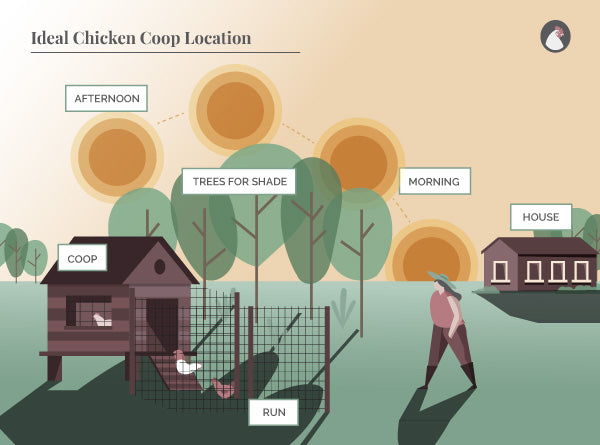
Chickens were not meant for swimming, or to be wet for that matter. Thus, it is important to make sure their coop is elevated in some manner.
Either on 'stilts', or just a few inches above the ground...
Items To Use
Building a chicken coop should be fun! To keep things refreshing, you can use some reclaimed items that you find all over the place.
We saw a chicken coop made out of a reclaimed swing set! It looked super cool and gave the chickens more than enough room to roam.
Think outside the box and you may just build to coolest looking chicken coop on the block. Remember, you’ll see the coop every single day, so be sure it’s actually something you want to look at.
Fixed or Portable?
Most coops you build or buy will be fixed coops, but there are a few advantages to having a portable one!
One of the main reasons is the weather. Keeping your coop in one place all the time through heavy rains and thunderstorms will make the ground really soggy and muddy.
Having a portable coop gives your chickens access to fresh ground, while also giving your yard time to recover.
If you are planning on having a fixed coop, you’ll want to make sure there’s some sort of shelter from the sun at certain times of the day, as well as shelter from the rain. This could either be with a roof on the coop, or shelter than the chickens can find inside the coop itself.
Inside the Chicken Coop

Perches
Ever wondered where the term “Pecking Order” came from? Well, it has to do with how chickens perch in their coop!
Perches are spots where birds will go to nap, relax or scan the coop to see what’s going on. A roosting perch, while similar in design, is slightly different. Chickens will use the roosting perch to sleep all night, as opposed to a quick nap or relaxation.
Your “top hens” or the ones higher in the pecking order will hang out on the higher perch, and will generally be right in the middle of it too.
Lower-ranking hens will find themselves on the outsides of the perches and lower down too if you have multiple perches at different heights.
If your chickens vary in size and weight, you’ll want to build a few different perches at different heights (starting at 1ft up to 3ft) to minimize injury. Some heavier birds will perch lower so they don’t damage their feet when they hop off the perch.
Nesting Boxes
Collecting eggs from your backyard hens (especially if you’re a beginner) is really exciting! To make things much easier, you’ll want a few nesting boxes.
Luckily, we have an entire article dedicated to them
Feeders & Waterers
Chickens gotta eat. Chickens gotta drink. Pretty simple stuff! But there are a number of different options when it comes to feeders and waterers.
Check out our article dedicated to Chicken Feeders
Check out our article dedicated to Chicken Waterers
Heat Sources
When thinking about heating for your coop, there is a multitude of options. Depending on where you live, you may never actually need to provide an artificial heat source for your chickens, but having one on hand won’t hurt.
As for specifics, we recommend this heater. It’s about 2ft wide, so it’s unlikely that it will heat your entire coop, so you’ll either want to purchase two of them or couple this heater with some insulation inside the coop walls.
The easiest and cheapest way to do this is to install foam board when you’re building the coop itself. Extra bedding for the colder months will help too and should ensure that your chickens stay warm, happy and healthy.
Bedding
Bedding is another subject where everyone has their own opinion on what works best. Check out our guide to Chicken Bedding
Outside the Chicken Coop

Chicken Predators
We hate to say it, but to a lot of animals, chickens are pretty tasty. No coop can be considered completely predator-proof, but following these tips should aid you in the fight to keep all your chickens happy and healthy!
There are so many ways different predators can bust into your coop and cause a ruckus. Some steal eggs, some eat chickens, and some spread disease.
But don't freak out just yet, we will help you prevent that. Below are a few great tips and tricks to implement when building or picking out your coop.



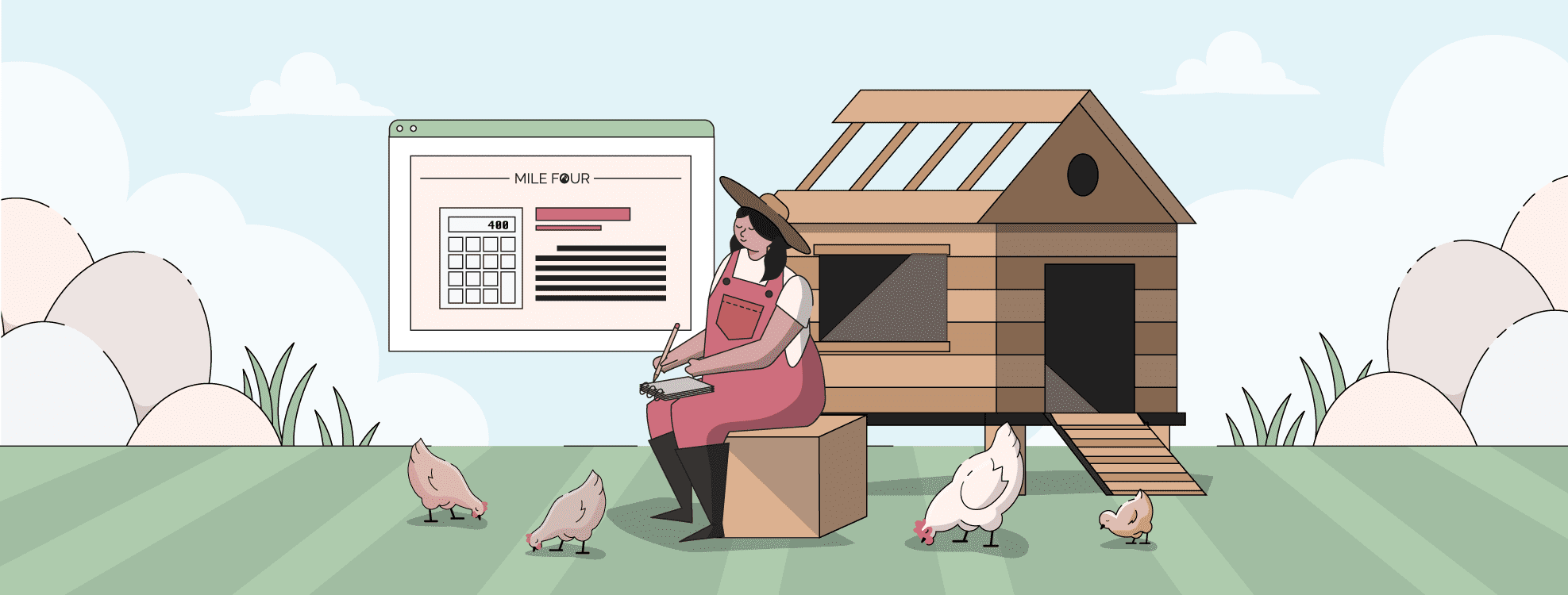

![Winter Chicken Care | Ultimate Guide [2026]](http://milefour.com/cdn/shop/articles/Mile_Four-Content-15_e1067340-1a72-4632-83f5-c66d9a2158d9.png?v=1767031296&width=1500)

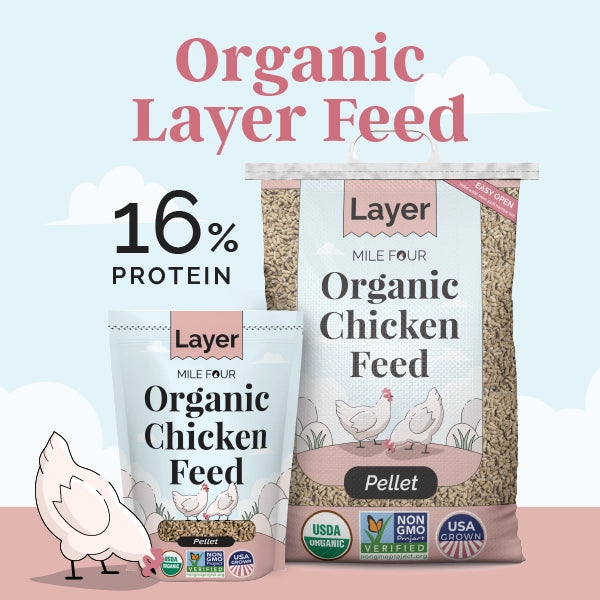
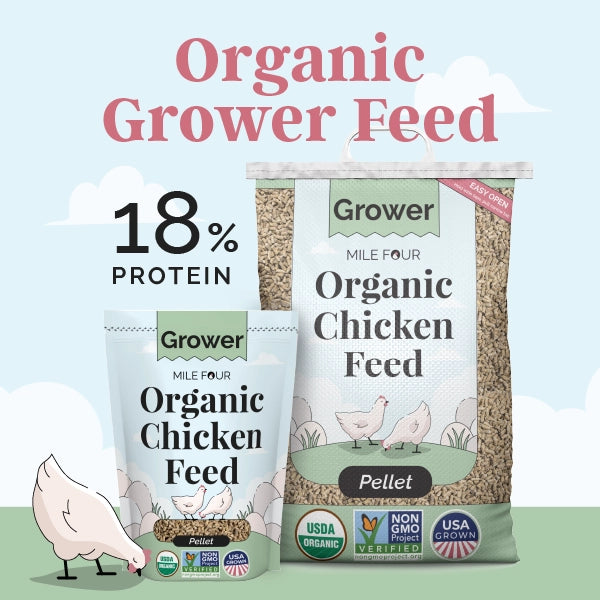
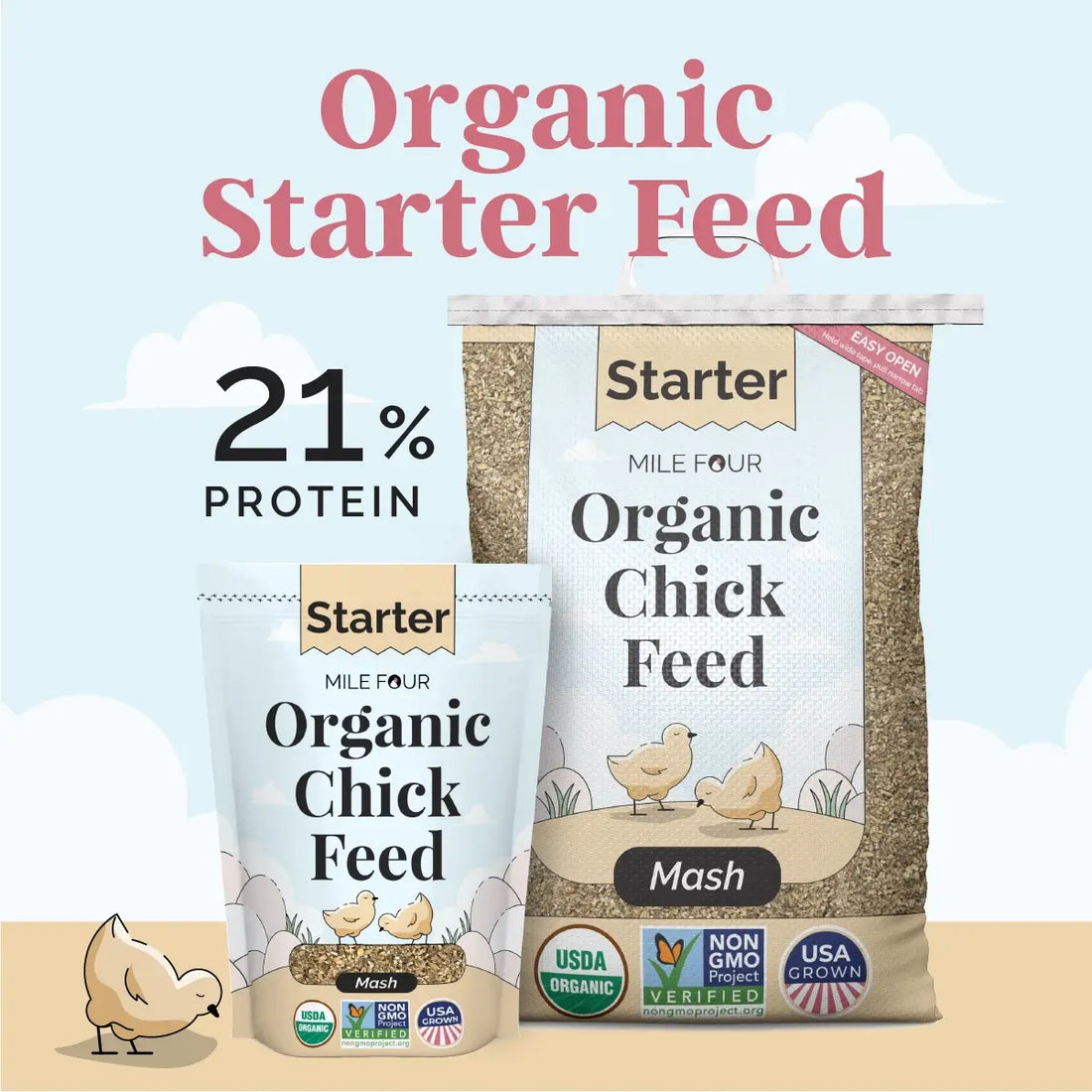
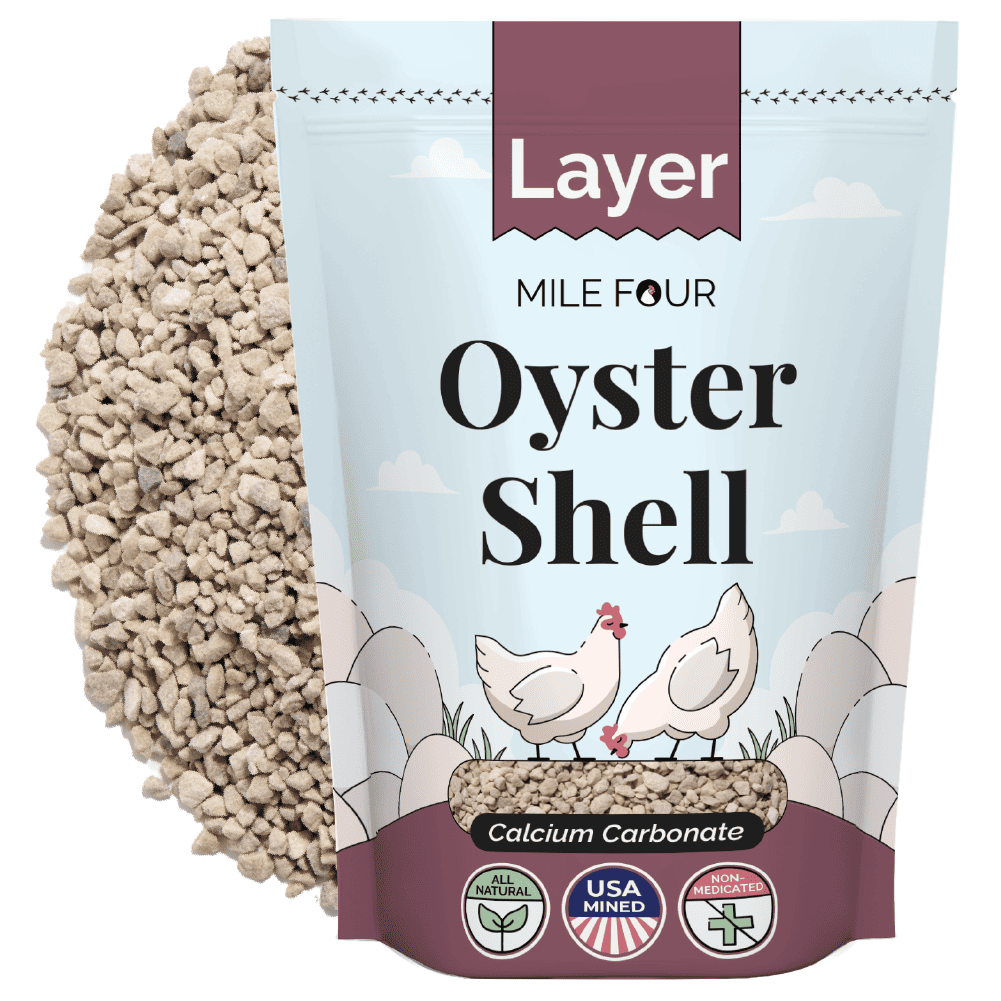
13 comments
I found your article very informative. Do keep posting such articles! Thank You.
Hi I have 3 hens I need to know is my coop which is a little over 5 ft and the run is over 12 ft. enough space the chicks are on a perch and like to cram together in one corner even though they have plenty of space to spread out
I have a 12 × 10 wire mesh enclosed cage for the run for our 10 young hens. I’ve been raising them inside in a 5×10 tent, and letting them spend the day outside until they get older (10 weeks+). Yesterday, I came out to check on them and a predator bird (large hawk) was sitting in a tree ~ 20 feet from the run. The young birds were cowering in the corner of the cage, packed together and clearly petrified. A covered run and coup are required in my area! If you intend to free range, check your area for avian predators.
I’m trying to get an idea how much does it cost to raise a thousand tickets food betting water veterinary not the chicken run or the hen house but everything else. If you could reply with a breakdown of all the little things that are needed for a thousand chickens would be very appreciated.
Building a new Roosting area w/laying bins (external rollers) and auto water & automatic door. The shed is 10×6 and about 8-9’ tall. The run is 34′×45′ covered with shade cloth, and between roost and barn a covered area about 15′ × 10′ with roof where the food will be accessible. Lots of perches in the run but the height of the run will be about 10’ with a max of 15’. Regular breeds. They will be directly next to the dog pens too so most varmints tend to stay clear. And the goats will be running outside of the run and the cats too. I currently have 23 birds (3 banty) Will this setup be able to handle more? I was thinking of getting maybe 8 more birds of standard size.